Visual Guide to Bursitis

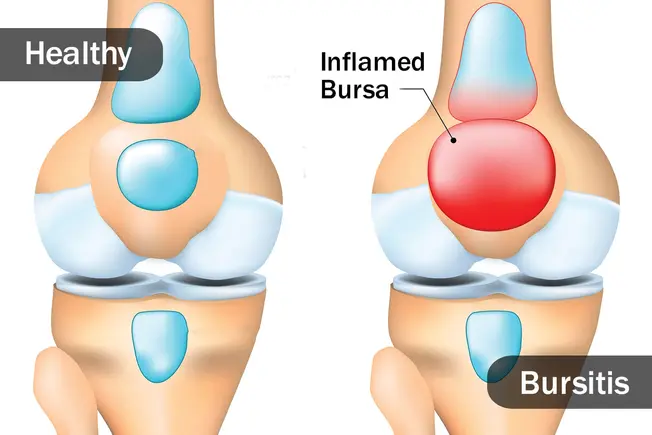
What Is Bursitis?
Small squishy sacs around your joints called bursae get inflamed. You might feel stiff, and it might hurt to move the joint in a normal way. Though it's linked to certain injuries and diseases, the cause of any specific case is often unclear. It might last a short time, or it could be a long-term problem. Your doctor can help you treat it with drugs, physical therapy, and lifestyle changes.
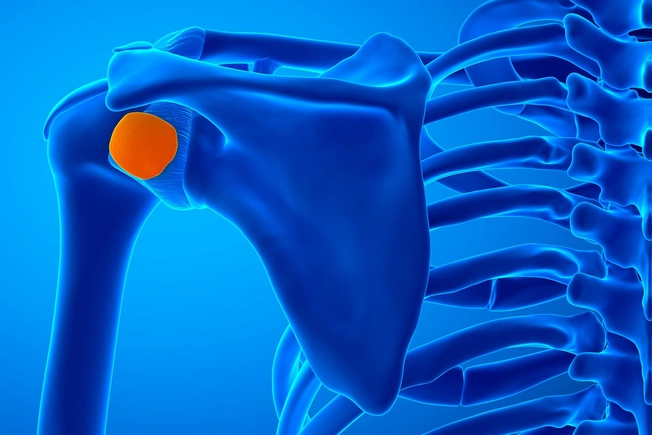
What Do Bursae Do?
These fluid-filled sacs cushion your joints. They lessen the rubbing between your bones, tendons, muscles, and skin. When injured or overused, they can collect extra fluid and get inflamed, and over time their walls may thicken.
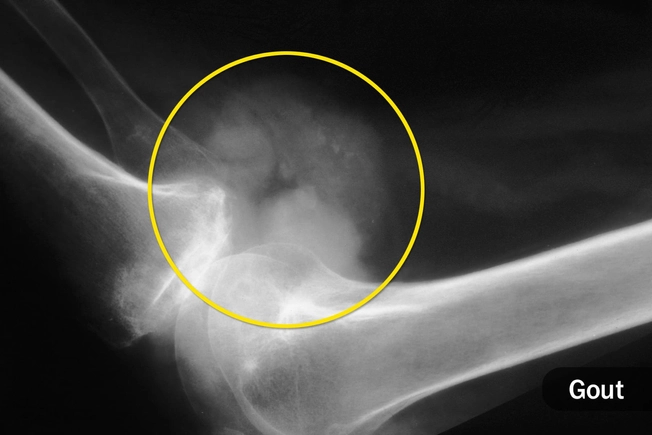
Acute Bursitis
This means it comes on quickly, over a period of hours or days. It could happen if you injure a joint when you fall. It often hurts to move or even touch the inflamed joint, and the skin over the area may swell and redden. Infection or gout can cause extra painful flare-ups that make your skin warm to the touch. Other inflammatory conditions like arthritis also could cause it.
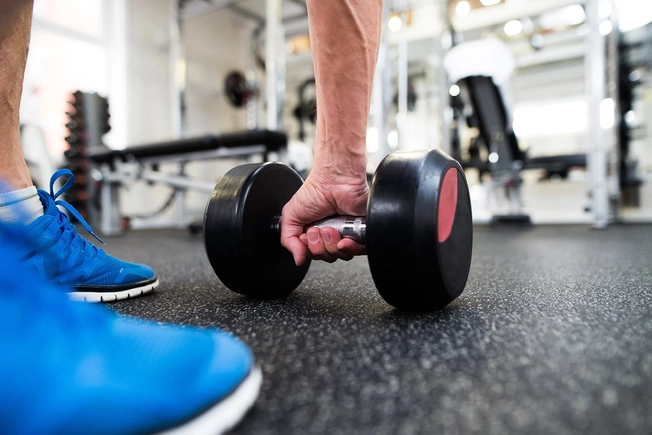
Chronic Bursitis
This develops over time, often when you repeat the same motion. Injuries or acute bursitis that happen over and over in the same spot might lead to the "chronic" version. Whatever the cause, you're more likely to further inflame bursae that are already damaged, especially if you suddenly increase the amount, weight, or intensity of physical work. A flare-up can last for months and might limit movement and weaken muscles.
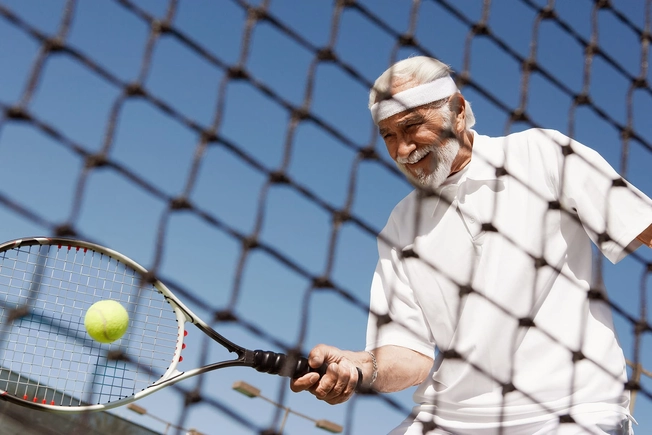
Causes
It's not always clear, but these are some common culprits:
- Bacterial infection from a cut or scrape on skin
- Gout or pseudogout
- Arthritis, especially rheumatoid or psoriatic
- Injury from a fall
- Sitting, leaning, or kneeling on a particular joint for a long time
- Sports that repeat the same motion, like tennis
- Uneven walking style, for example when one leg is shorter than the other
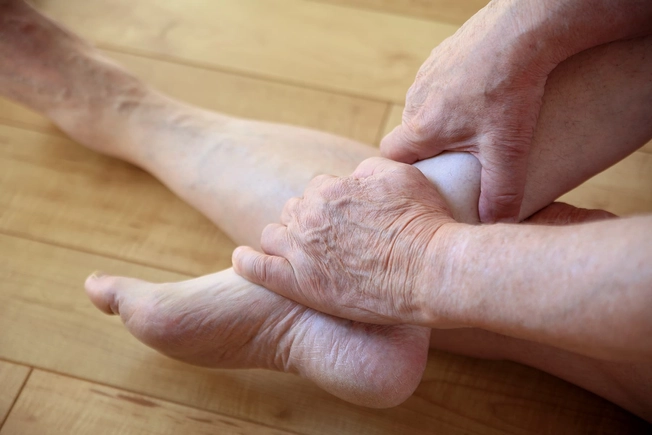
Symptoms
These vary a bit, depending on where your bursitis is acting up. If it hurts directly around a joint when you move or bend, it could be a sign of acute bursitis. Pain levels vary for the chronic type, but your range of motion is likely to be limited. You also might see swelling, especially in the kneecap, elbow, or heel. Chronic bursitis in the hips, shoulders, and inner knee doesn't get inflamed as much.
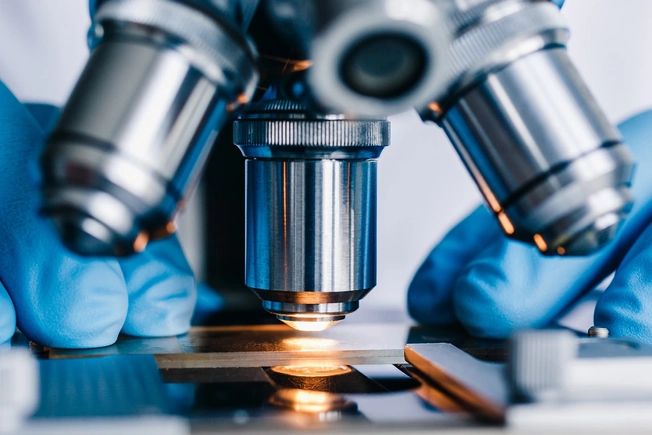
Diagnosis
Your doctor will examine your body and ask you about your symptoms and medical history. If they suspect infection or gout, they may use a needle to remove some fluid from the bursae and check it under a microscope. Imaging tests like X-rays or MRIs can help rule out other causes or give your doctor a better view of areas that need to be drained.
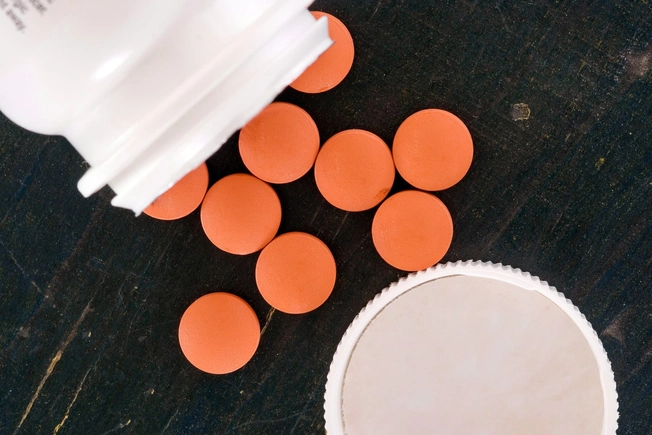
Medication That Can Help
Nonsteroidal anti-inflammatory drugs (NSAIDs), like ibuprofen and naproxen, are sold over the counter and can help ease swelling and pain. Your doctor may suggest steroid injections to cut swelling for some types of bursitis that are deep under the skin.
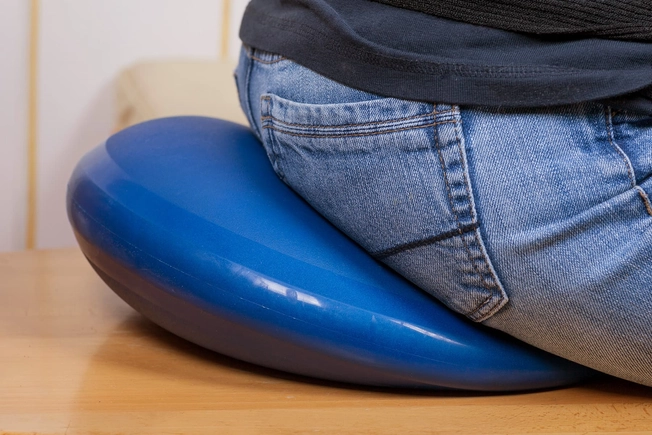
Protect Your Bursae
You can help yourself heal if you play it safe. Avoid any motion that causes pain. Use pads or cushions to protect your knees and rear end if you sit or kneel a lot. Look for footwear and pads that lessen pressure on the back of the heel, or get custom devices that protect your elbows so that fluid won't build up again.
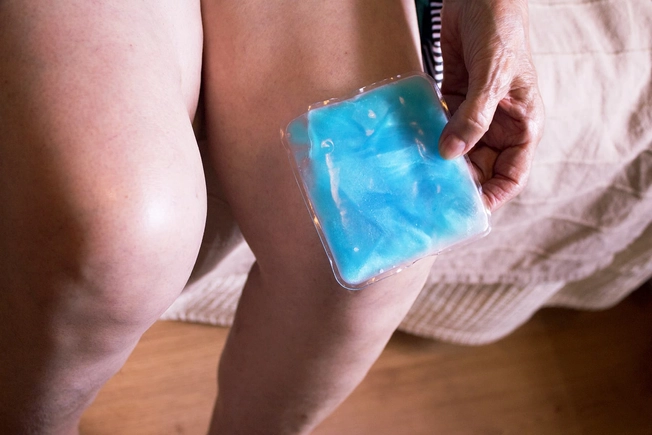
Ice or Heat
To get relief from pain, ice might help, especially in areas closer to the surface of your skin, like the kneecap, heel, and elbow. Heat may be better for deeper bursitis in your shoulder, inner knee, and hip.
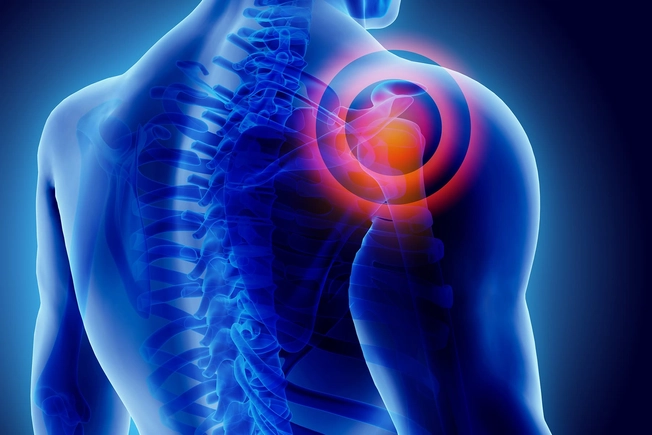
Shoulder Bursitis
Your shoulder is a common trouble spot, and it might hurt even when you're still. The pain often gets worse and goes down your upper arm when you move, especially if you lift your arm over your head. The discomfort might wake you up in the middle of the night. People sometimes confuse shoulder bursitis with other conditions like tendinitis or a tear in the rotator cuff.
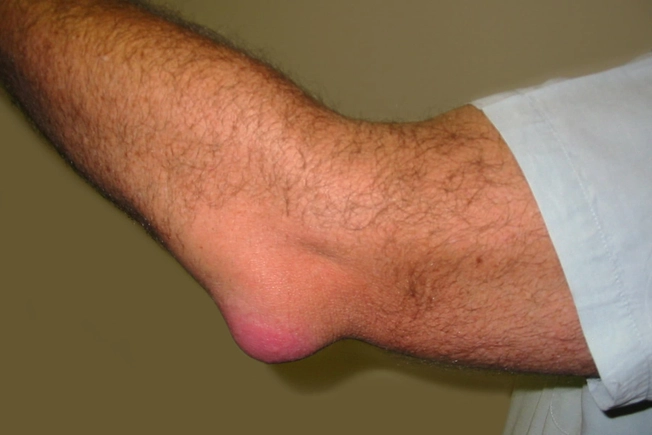
Elbow Bursitis
When your elbow is the problem, you often see a golf ball-size swelling at the tip. It typically hurts when you bend the joint, though you can usually stretch it out without pain.
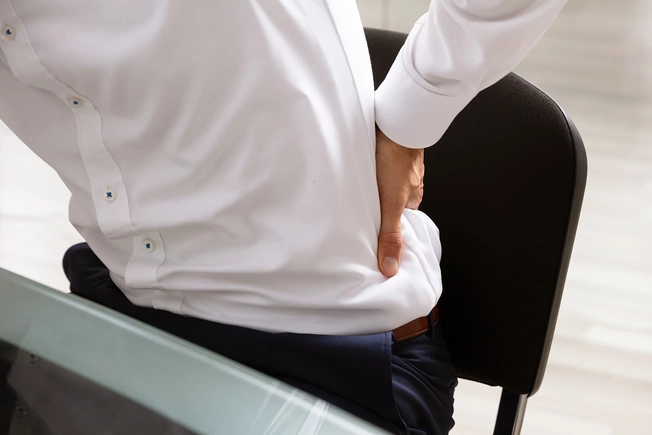
Pelvic Bursitis
It's called "weaver's bottom" or "tailor's bottom" because people who sit for long periods on hard surfaces are more likely to get it. The pain in your buttocks from this kind of bursitis might get even worse when you sit and may go away completely when you stand up.
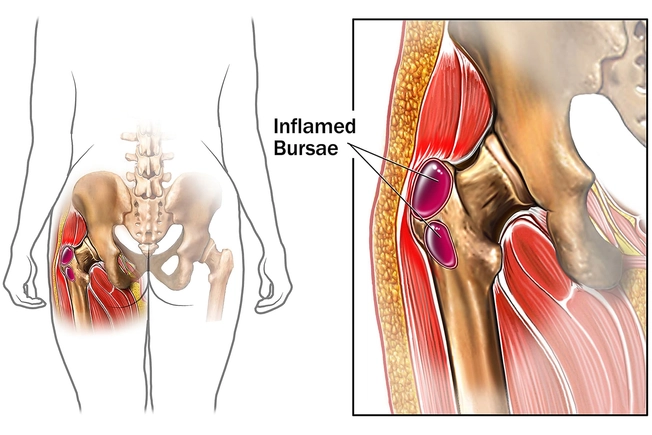
Hip
Bursae on the outside upper part of the thigh bone may get inflamed along with tendons in the area. That often makes it painful to lie on that side of your body. It might feel fine to stand still, even though it hurts to move your leg when you walk. Arthritis, injury, or overuse can affect bursae in front of the hip, too. You'll feel it in your groin, especially when you flex, as when you climb stairs.
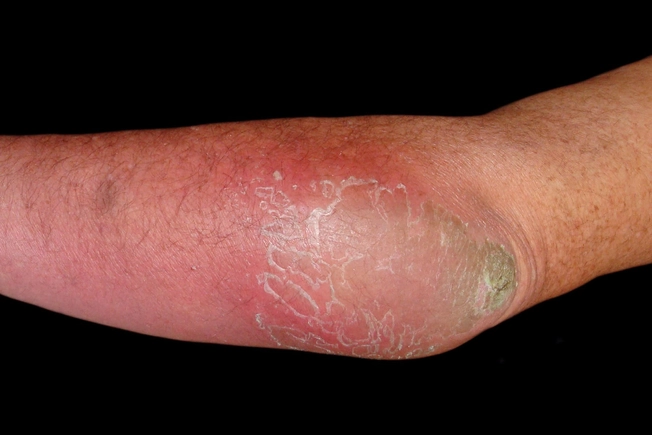
Septic Bursitis
This happens when bacteria infect the bursae. Besides pain and swelling, you might have a fever as well as warmth and swelling around the joint. It's quite serious because the infection could spread to other joints, bones, and even your blood. Your doctor will likely give you antibiotics and may need to drain the infected fluid with a needle over several visits. Surgery is an option in some cases.